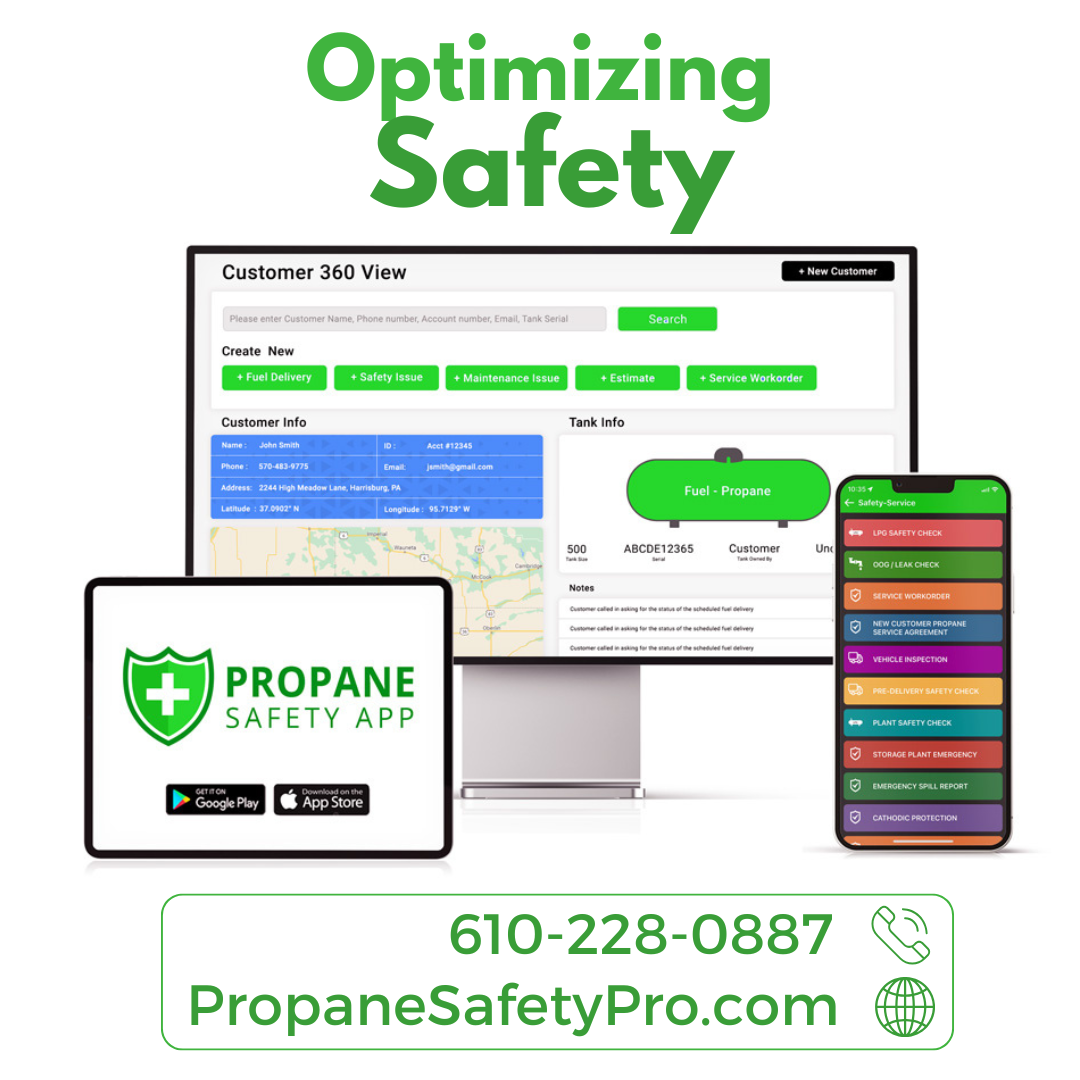Navigating the Road Ahead: Tackling Challenges in Fleet Management

Managing a fleet business comes with its share of challenges, from operational efficiency and safety to cost control and regulatory compliance. In today’s fast-paced and evolving marketplace, fleet managers must tackle these issues while adapting to emerging technologies and customer expectations. Below, we explore some of the most common challenges in fleet management and offer practical solutions to address them.
Rising Fuel Costs
Fuel costs remain one of the biggest challenges in fleet management. Volatile fuel prices can significantly impact profitability, especially in industries with large fleets. As the demand for sustainable energy grows and geopolitical factors influence fuel markets, fleet businesses must find ways to manage fuel expenses more effectively.
Solution: One way to mitigate rising fuel costs is by investing in alternative fuel vehicles, such as propane-powered trucks. Propane is a cleaner, more affordable alternative to diesel and gasoline, offering reduced emissions and cost savings. Additionally, implementing fuel management systems can help monitor fuel consumption, optimize routes, and reduce idle time, further decreasing fuel expenses.
Vehicle Maintenance and Downtime
Unexpected breakdowns and regular maintenance can lead to costly downtime. Fleet vehicles require constant upkeep, and failing to keep up with routine maintenance increases the risk of sudden failures that can disrupt operations and lead to delays.
Solution: Preventive maintenance is essential for reducing downtime. Fleet managers should establish regular maintenance schedules based on mileage or time intervals to ensure vehicles are serviced before major issues arise. Investing in telematics systems can also help track vehicle health in real-time, identifying potential issues early and avoiding costly repairs. Keeping an inventory of essential parts can speed up the repair process, minimizing downtime.
Compliance with Regulations
Fleet businesses must adhere to a wide range of regulatory requirements, from safety and environmental regulations to driver health and working hours. Staying compliant with federal, state, and local regulations can be a daunting task, especially as laws evolve.
Solution: Fleet management software can help keep track of regulations and ensure that vehicles and drivers comply with legal requirements. Regular audits and training programs for employees on the latest regulatory changes can also improve compliance. Additionally, using technology to maintain proper documentation – such as electronic logging devices (ELDs) for driver hours – can make compliance much easier and reduce the risk of penalties.
Driver Shortage and Retention
The shortage of qualified drivers is another major challenge for fleet businesses. With high turnover rates in the transportation industry, recruiting and retaining skilled drivers has become increasingly difficult. Losing drivers can disrupt operations and increase training and recruitment costs.
Solution: To address driver shortages, fleet businesses should focus on creating an attractive work environment. Offering competitive pay, benefits, and incentives for safe driving can improve retention. In addition, providing opportunities for driver training and career development can help retain staff by showing that the company is invested in their professional growth. Implementing flexible scheduling and maintaining open communication between drivers and management can further enhance job satisfaction.
Route Optimization and Efficiency
Inefficient routes lead to wasted time, higher fuel consumption, and increased operational costs. Traffic congestion, road conditions, and unpredictable delays can make it difficult for fleet managers to ensure timely deliveries and efficient service.
Solution: Route optimization software can help fleet managers design more efficient routes, taking into account factors such as traffic patterns, road conditions, and delivery priorities. By using real-time data, fleet managers can reroute vehicles to avoid delays and minimize fuel consumption. Additionally, employing GPS tracking systems allows for better communication with drivers and customers, providing accurate ETAs and improving overall service.
Safety and Risk Management
Safety is always a top priority in fleet management, but managing risk can be challenging, especially with a large number of vehicles on the road. Accidents, driver fatigue, and vehicle malfunctions can not only harm employees but also damage a company’s reputation and lead to significant financial losses.
Solution: To improve safety, fleet managers should implement comprehensive safety training programs for drivers, focusing on defensive driving, hazard awareness, and fatigue management. Regular vehicle inspections and maintenance checks ensure that vehicles are roadworthy and reduce the likelihood of accidents. Telematics systems can also monitor driver behavior, allowing managers to identify and address risky driving practices, such as speeding or harsh braking. Encouraging a culture of safety within the company can significantly reduce risks and improve overall fleet performance.
Rising Insurance Costs
Insurance premiums for fleet vehicles can be a substantial expense, and rising costs can put a strain on profitability. Accidents, claims, and other risk factors can contribute to higher premiums over time.
Solution: Fleet managers can work with insurance providers to implement risk-reduction strategies that lower premiums. This can include installing safety features in vehicles, such as collision avoidance systems, and utilizing telematics to monitor driver behavior. Maintaining a good claims history by enforcing safe driving practices and regularly reviewing insurance policies to ensure adequate coverage without overpaying can also help control costs.
Managing a fleet business requires overcoming various challenges, from controlling fuel costs to ensuring regulatory compliance and maintaining driver satisfaction. By investing in technology such as fleet management software, telematics, and alternative fuel vehicles, businesses can increase efficiency, reduce operational costs, and improve overall safety. Additionally, fostering a positive work environment, prioritizing driver retention, and implementing preventive maintenance practices will position fleet businesses for long-term success in a highly competitive market.
















